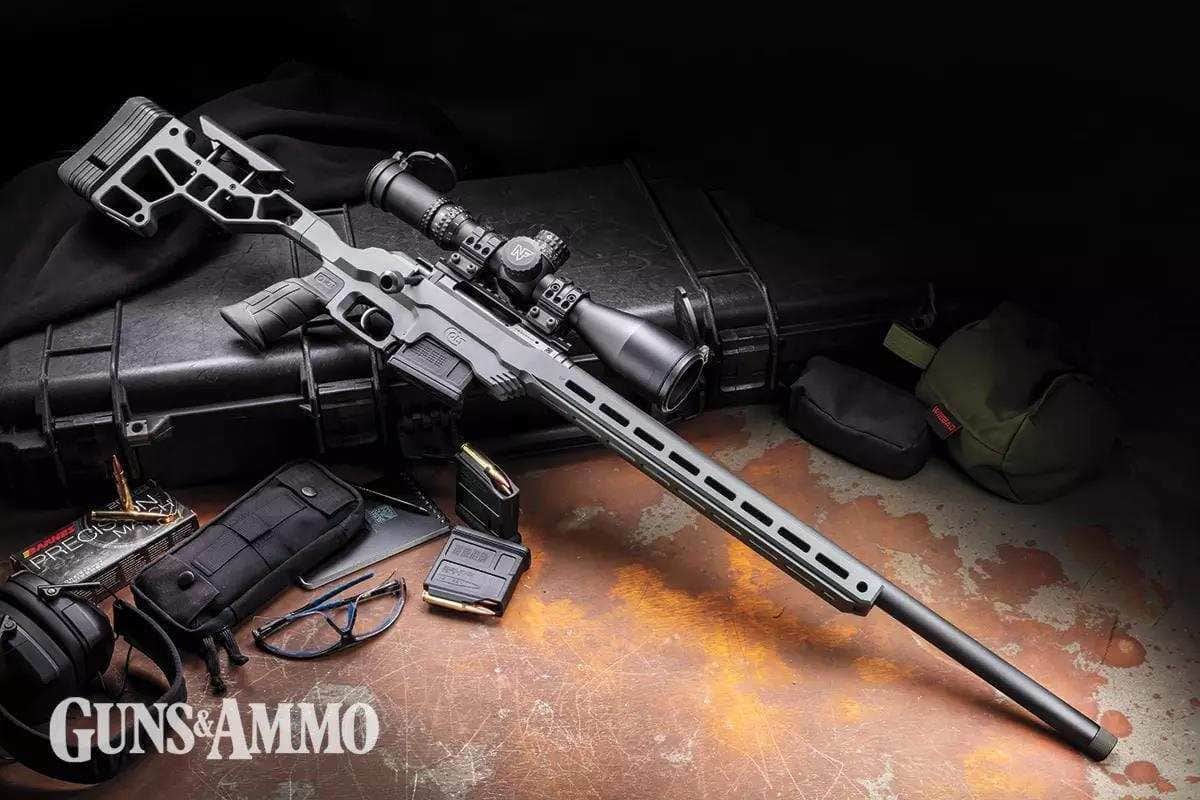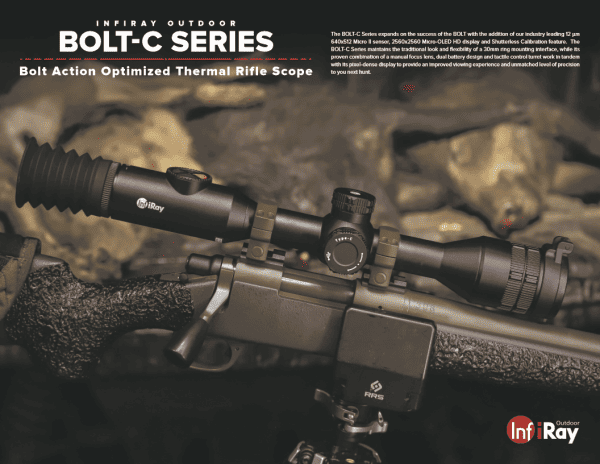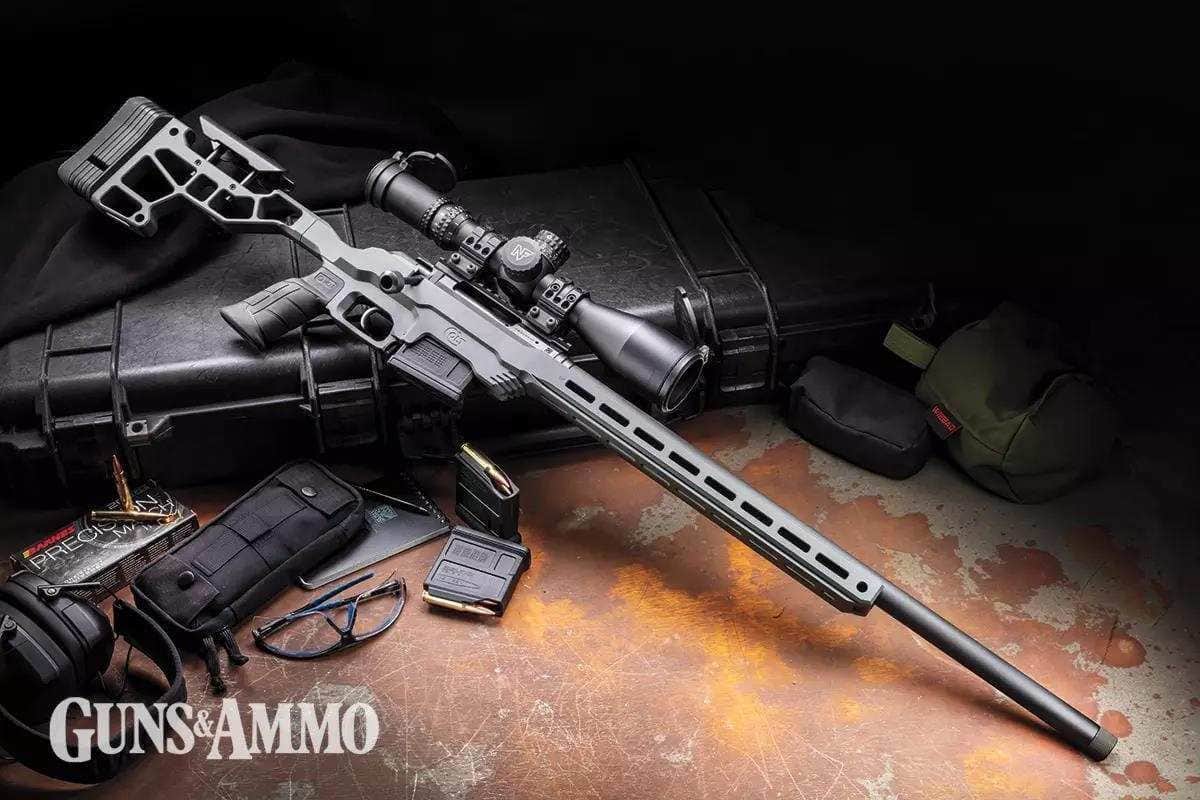Common rifle caliber sizes include .22, .223, .30-06, and .308 Winchester, ranging from small to large. These calibers are widely used for hunting and target shooting, each offering different levels of power and accuracy.
Understanding rifle caliber sizes is essential for gun enthusiasts and hunters to choose the right ammunition for their firearms. Rifle caliber sizes play a crucial role in determining the performance and capabilities of a firearm. Whether you are a seasoned marksman or a beginner, knowing the characteristics of different calibers can enhance your shooting experience.
In this guide, we will explore the common rifle caliber sizes, their applications, and the key factors to consider when selecting the right ammunition for your shooting needs. Let’s dive into the world of rifle calibers and unlock the mysteries behind their numbers and dimensions.
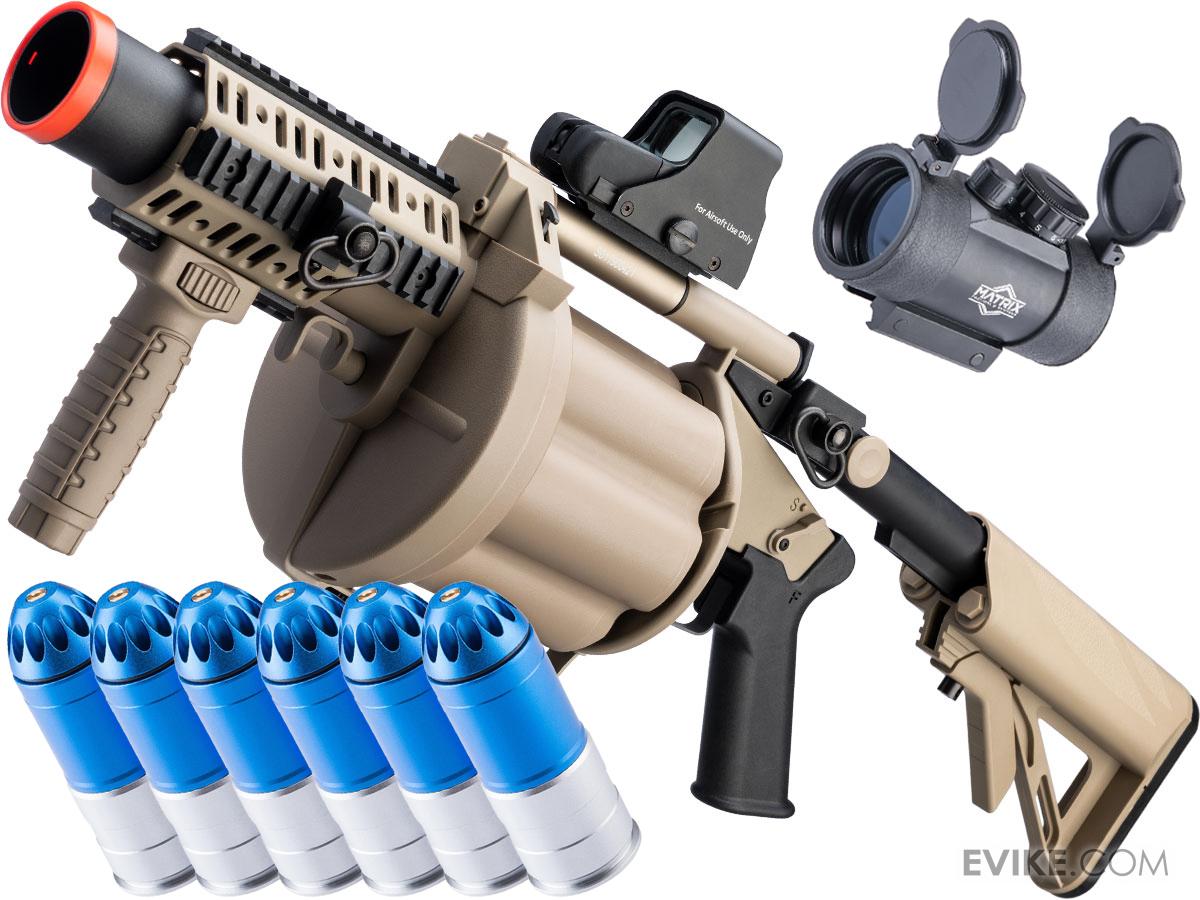
Credit: www.evike.com
The Basics Of Rifle Caliber Sizes
Rifle caliber sizes vary widely and are essential to understand for firearm enthusiasts. From. 22 to. 50, these common rifle calibers offer a range of power and applications for hunters, sport shooters, and military personnel. So, let’s explore the basics of these rifle caliber sizes together.
What Is Caliber?
Caliber refers to the diameter of the bullet a rifle fires. It plays a significant role in the performance and capabilities of a firearm. Rifles come in various calibers designed for specific purposes and targets.The Common Caliber Sizes
Here are some of the commonly used rifle caliber sizes: – .22 LR: Low recoil and commonly used for target shooting and small game hunting. – .223/5.56mm: Popular for varmint hunting and target shooting. – .308/7.62mm: Known for its versatility and used for hunting and long-range shooting. – .30-06: A classic hunting round suitable for medium to large game. – .270: Ideal for hunting deer and other similar-sized game. – .300 Win Mag: Known for its long-range capabilities and hunting large game. – .50 BMG: Used in heavy machine guns and long-range sniper rifles. Rifle caliber sizes vary widely, each offering distinct advantages for different shooting activities.
Credit: www.army.mil
Choosing The Right Caliber For Your Needs
When selecting a rifle caliber, it is crucial to pick the right one that aligns with your specific requirements. Here, we dive into the considerations for different purposes such as hunting, self-defense, and home protection.
Considerations For Hunting
Hunting applications vary, so it’s essential to choose a caliber that matches your target game and desired range effectively.
- Consider the size and type of game you plan to hunt.
- Ensure the caliber has sufficient power and accuracy for ethical kills.
- Look for a caliber that minimizes meat damage for better utilization.
Considerations For Self-defense And Home Protection
Your primary goal for self-defense and home protection is stopping power and quick incapacitation of threats.
- Choose a caliber with adequate stopping power to neutralize threats effectively.
- Consider factors like recoil control and ammunition availability for reliable use.
- Select a caliber that you are comfortable and proficient with for critical situations.
Factors Affecting Caliber Performance
The performance of a rifle caliber is affected by several key factors, including velocity and trajectory, stopping power, and recoil. Understanding these factors is crucial for choosing the right caliber for your hunting or shooting needs.
Velocity And Trajectory
Velocity refers to the speed at which a bullet travels once it’s fired from the rifle. A higher velocity generally results in a flatter trajectory, meaning the bullet maintains a straighter path over longer distances. This can be beneficial for long-range shooting as it reduces the need for complex adjustments to compensate for bullet drop. Additionally, high velocity contributes to better penetration, making it crucial for hunting larger game. Properly understanding and accounting for velocity and trajectory can greatly increase shooting accuracy and overall performance of the chosen caliber.
Stopping Power And Recoil
Stopping power refers to a caliber’s ability to quickly incapacitate a target upon impact. This is influenced by the bullet’s size, weight, and velocity. A larger, heavier bullet with greater velocity tends to have higher stopping power. However, it’s important to consider the recoil generated by such powerful rounds, as excessive recoil can affect accuracy and lead to shooter fatigue. Balancing stopping power with manageable recoil is essential for achieving optimal performance and reducing the risk of flinching or developing bad shooting habits.
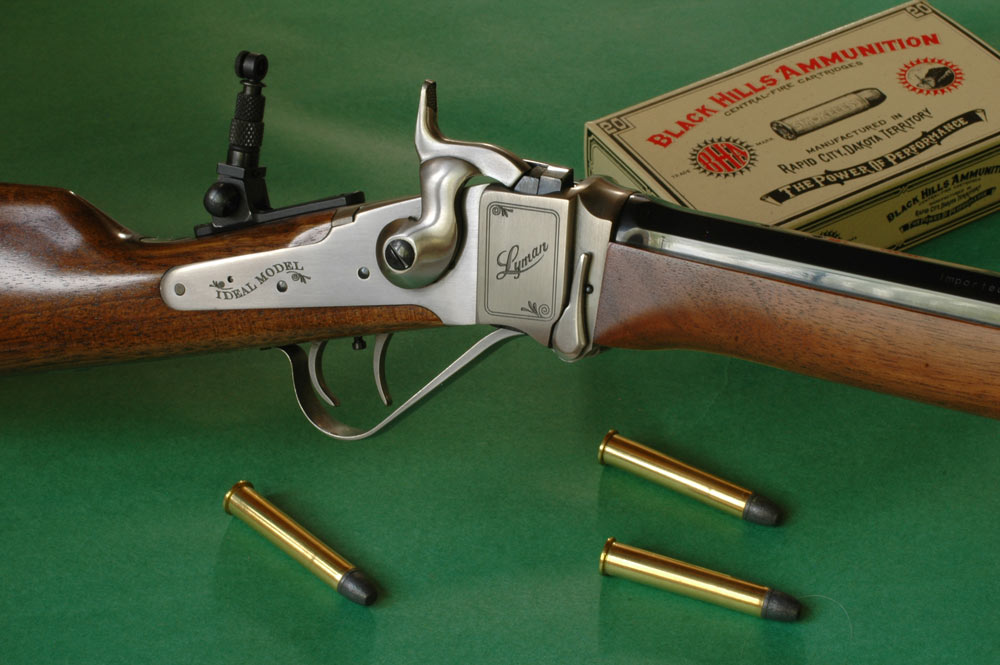
Credit: gundigest.com
Understanding The Ammo Availability And Cost
Understand the availability and cost of ammo for common rifle caliber sizes. It is important to be aware of the different calibers and their availability in order to make an informed decision about your ammunition needs. Knowing the cost of these calibers can also help you budget for your shooting activities.
When it comes to firearms, understanding the availability and cost of ammunition is crucial. Whether you are a beginner or an experienced shooter, being aware of the popular calibers and their availability can help you make informed decisions and plan your shooting activities effectively. In addition, evaluating the cost-effectiveness of different calibers allows you to make budget-friendly choices without compromising on performance. Let’s delve deeper into these aspects.
Popular Calibers And Their Availability
The availability of ammunition can greatly impact your shooting experience. It is important to choose a caliber that has widespread availability, ensuring you won’t face difficulties in finding ammunition for your rifle. Here are some popular calibers and their availability:
| Caliber | Availability |
|---|---|
| .22 LR | High |
| 9mm | High |
| .223 Remington/5.56mm NATO | High |
| .308 Winchester/7.62mm NATO | Moderate |
| .270 Winchester | Moderate |
| 30-06 Springfield | Moderate |
| 6.5mm Creedmoor | Moderate |
Evaluating Cost-effectiveness
When considering the cost of ammunition, it’s not just the price of a single round that matters; it’s also important to factor in the overall cost-effectiveness. Some calibers may have a higher price per round, but their performance and accuracy make up for it, resulting in a better cost-to-benefit ratio. On the other hand, some calibers may be more affordable per round but lack the power or precision you require for your shooting needs.
- Consider the purpose of your shooting – whether it’s for competition, hunting, or recreational plinking.
- Assess the cost per round and compare it with the effectiveness and reliability of the caliber.
- Factor in reloading costs if you are inclined towards reloading your own ammunition.
By weighing these considerations, you can make an informed decision on which caliber offers the best balance between performance and cost-effectiveness for your specific shooting requirements.
Frequently Asked Questions On Common Rifle Caliber Sizes
What Are The Common Rifle Calibers?
The most common rifle calibers are. 22LR,. 223/5. 56mm,. 308/7. 62mm,. 30-06, and. 270. These calibers are widely used for hunting, target shooting, and self-defense purposes due to their availability and versatility.
Which Rifle Caliber Is Best For Hunting?
The best rifle caliber for hunting depends on the game you are hunting. For small game and varmint hunting,. 22LR and. 223/5. 56mm calibers are popular. For larger game like deer and elk,. 308/7. 62mm and. 30-06 calibers are commonly used due to their power and accuracy.
What Is The Difference Between .223 And 5.56mm?
While. 223 and 5. 56mm are very similar, there are slight differences in chamber dimensions and pressure levels. The. 223 is primarily used in civilian rifles, while the 5. 56mm is a military round designed for higher pressures. It is generally safe to shoot.
223 in a 5. 56mm chamber, but not always vice versa.
Which Rifle Caliber Has The Least Recoil?
Rifle calibers with the least recoil include. 223/5. 56mm,. 22LR, and. 243 Winchester. These calibers are popular choices for shooters who prefer minimal recoil, making them suitable for beginners and those who are recoil-sensitive.
Conclusion
Understanding rifle caliber sizes is essential for responsible shooting and firearm maintenance. Whether for hunting, target shooting, or self-defense, knowing the various calibers enables informed decision-making. By familiarizing yourself with the common rifle sizes, you can ensure safety and accuracy in your shooting endeavors.
Keep learning and stay safe.

